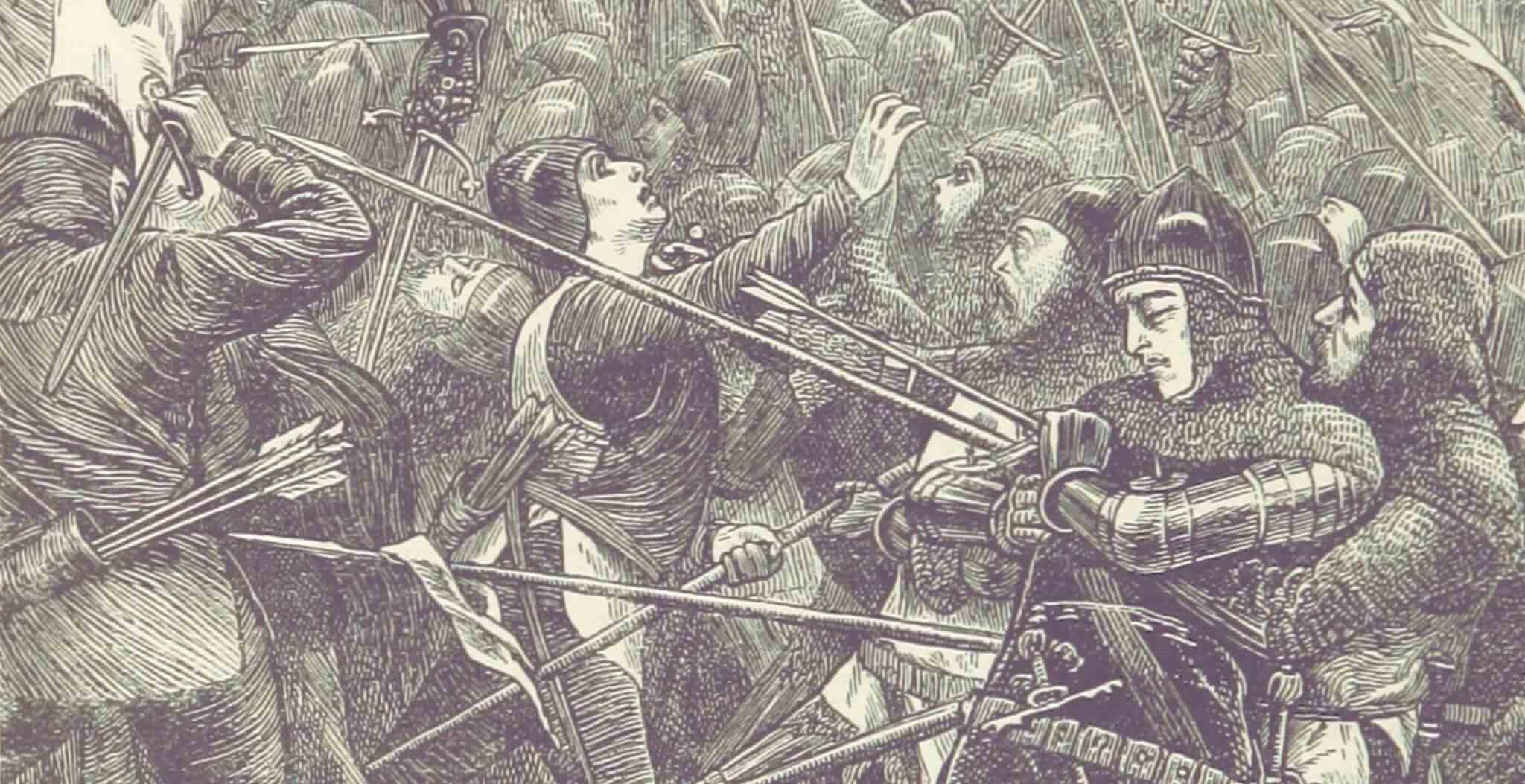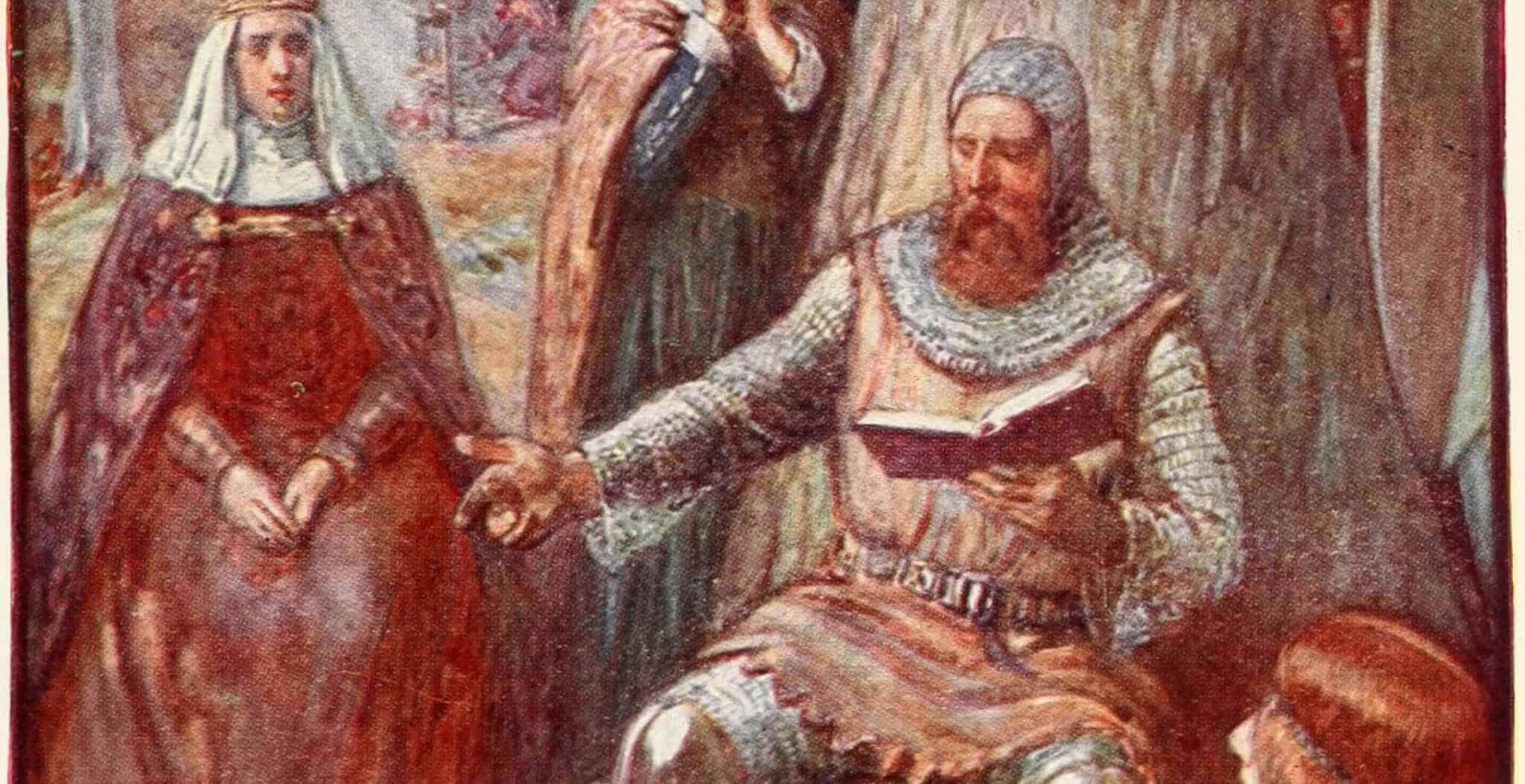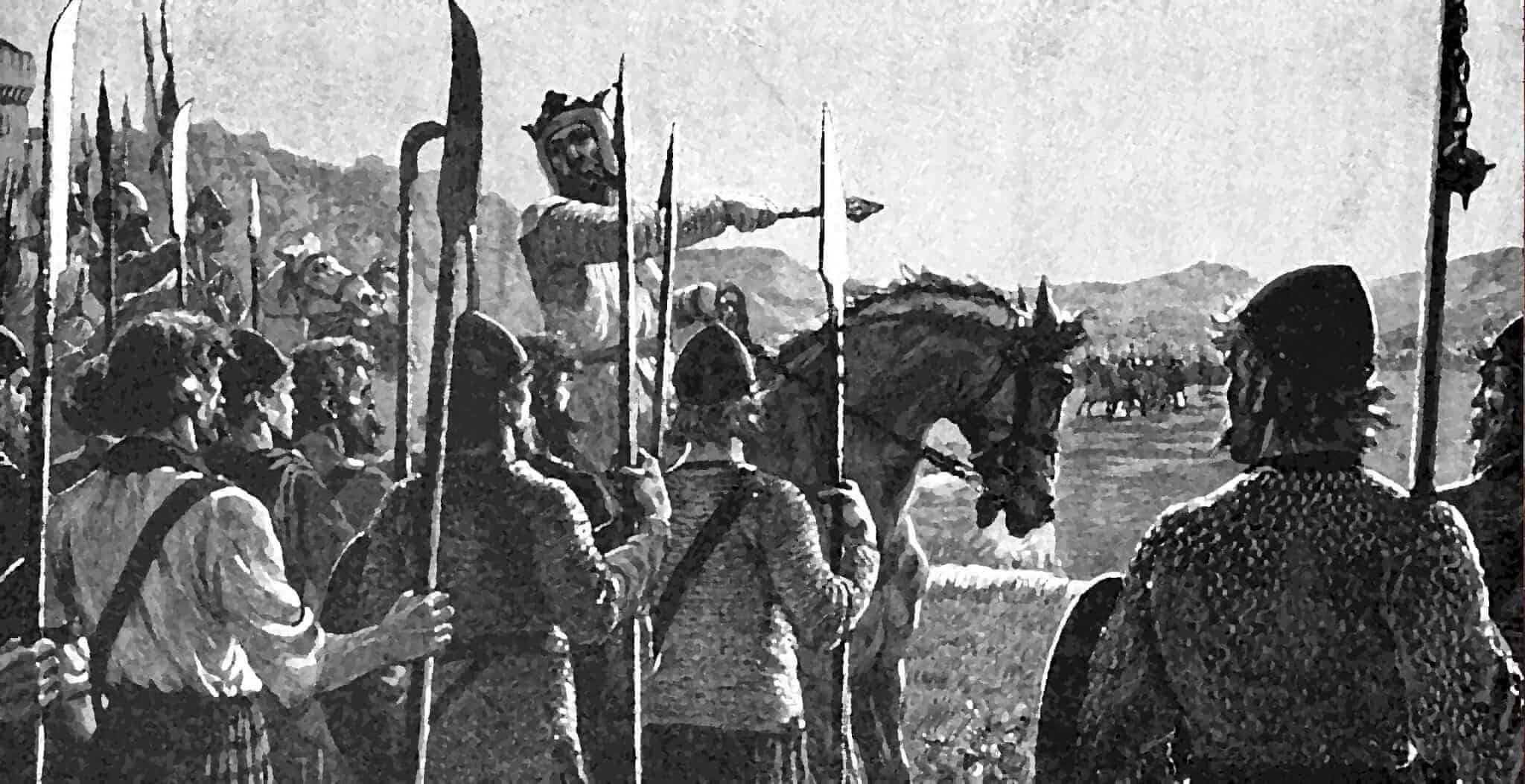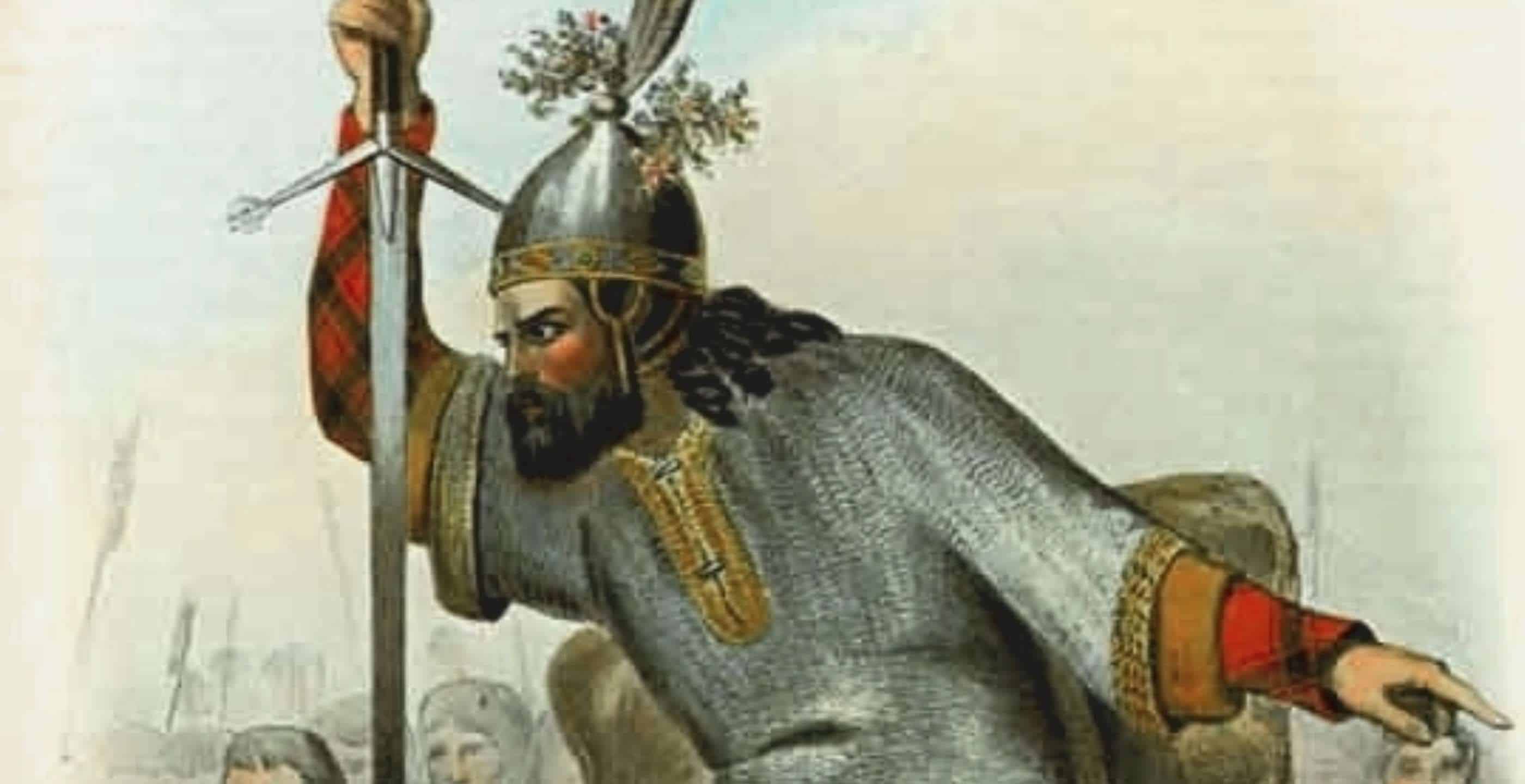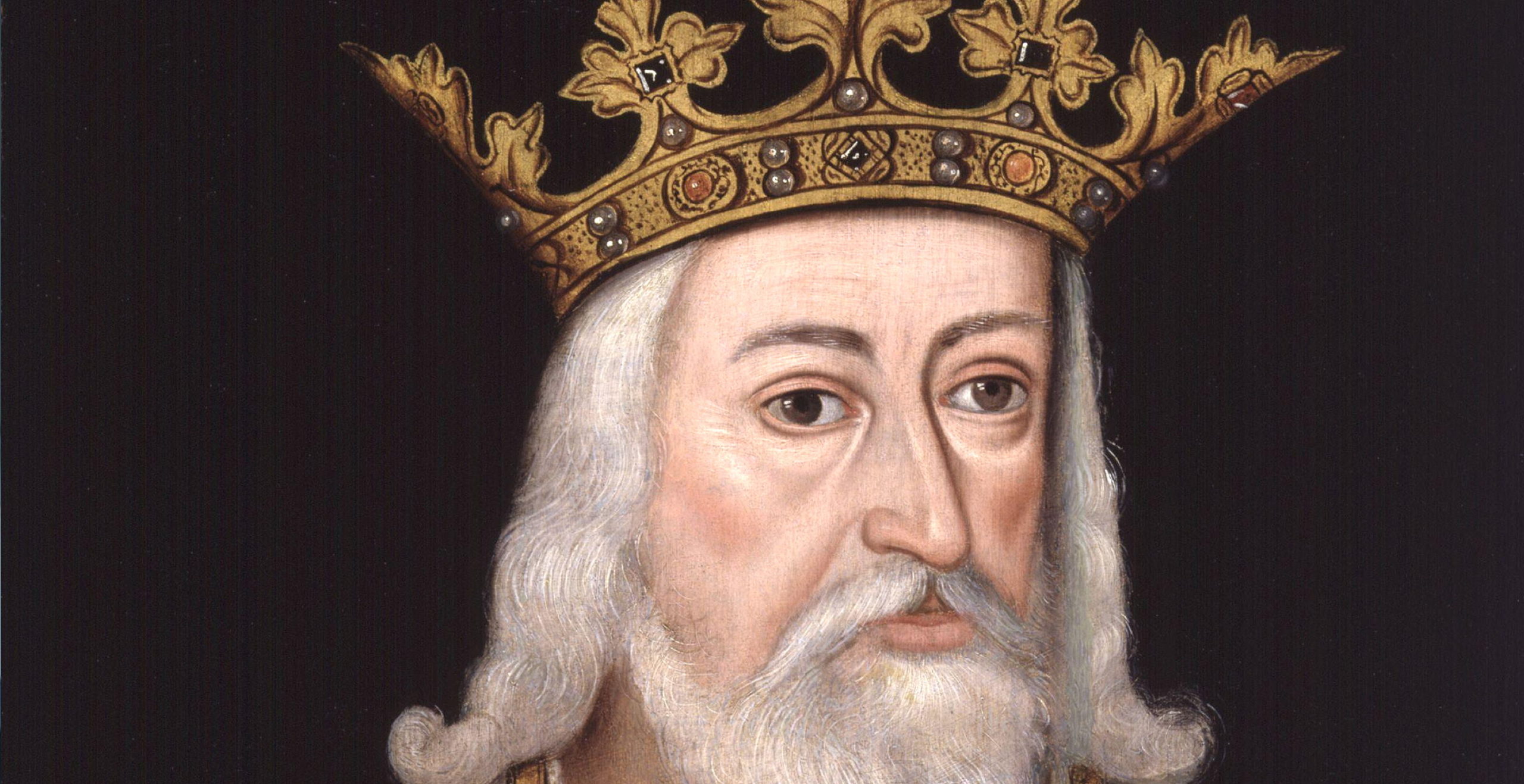In the fragile relationship that existed between England and Scotland in the early 14th century, the young King Edward III of England had recognised Edward Balliol’s claim to the Scottish throne in preference to that of the 5-year-old King David II. And so, in the spring of 1333 King Edward and Balliol headed north with an 8,000 strong army to lay siege to the Scottish held town of Berwick.
On the 19th July a Scottish force of around 15,000 men under the Regent, Sir Archibald Douglas arrived in an attempt to break the siege and relieve the town.
Just after midday the Scots advanced across boggy ground to meet the English, who were positioned on Halidon Hill, a few miles north of Berwick.
The Scots had barely reached the foot of the hill when they were greeted by cloud after cloud of arrows released by the English archers.

The tightly packed advancing Scottish ranks were decimated: even so, fierce fighting continued throughout the day. In particular, the Earl of Ross and his Highlanders fought bravely to the death in a gallant rearguard action.
English losses were light; the Scots though had fallen in their thousands, including the Guardian and several other nobles.
The 20-year-old English King Edward III had survived his first battle and had learned a valuable lesson in tactics which he would put to great effect again against the French at Crécy and Poitiers.
Click here for a Battlefield Map
Key Facts:
Date: 19th July, 1333
War: Second War of Scottish Independence
Location: Near Berwick-upon-Tweed, Northumberland
Belligerents: Kingdom of England, Kingdom of Scotland
Victors: Kingdom of England
Numbers: England around 8,000, Scotland around 15,000
Casualties: England negligible, Scotland high although numbers uncertain
Commanders: King Edward III (England – pictured at the top of this article), Sir Archibald Douglas (Scotland)
